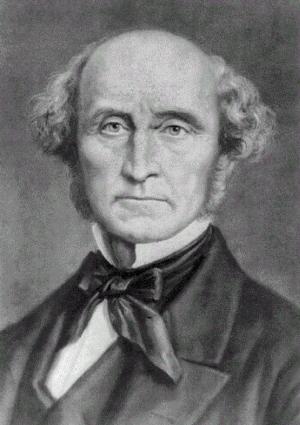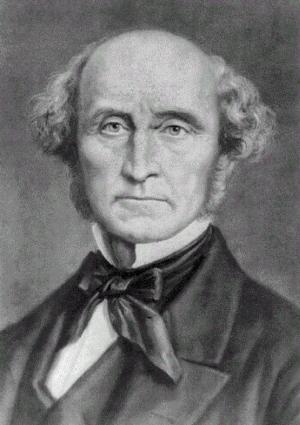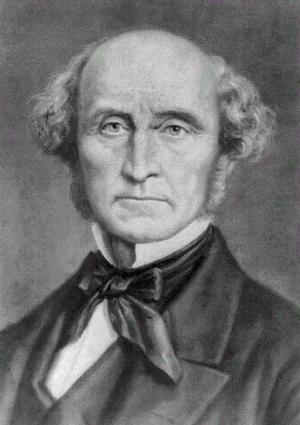The General Theory of Employment, Interest and Money (Illustrated and Bundled with THE DEBT-DEFLATION THEORY OF GREAT DEPRESSIONS)
Business & Finance, Economics, Macroeconomics, Theory of Economics| Author: | John Keynes, Irving Fisher | ISBN: | 1230000268350 |
| Publisher: | AS Team | Publication: | September 16, 2014 |
| Imprint: | Language: | English |
| Author: | John Keynes, Irving Fisher |
| ISBN: | 1230000268350 |
| Publisher: | AS Team |
| Publication: | September 16, 2014 |
| Imprint: | |
| Language: | English |
The book has an active table of contents for easy access to each chapter of the following titles:
1. THE GENERAL THEORY OF EMPLOYMENT, INTEREST AND MONEY – John Keynes
2. THE DEBT-DEFLATION THEORY OF GREAT DEPRESSIONS – Irving Fisher
John Keyes made essential contributions to classical economics and has been called the most influential classical economist along with Adam Smith, Thomas Malthus, John Stuart Mill, and Karl Marx.
The General Theory of Employment, Interest and Money is the most important work by John M. Keynes in economic history. The work is served as a theoretical foundation for the interventionist policies that are popular today.
In addition to the theory of Keynesian economics, Keynes’s most important legacy is on the subjects of investment and mathematics. He is usually credited to lay out the theoretical foundation for President Franklin Delano Roosevelt to form the New Deal Coalition to response to the 1930 depression. John Keynes in the book THE GREAT SLUMP OF 193 called for the jointed efforts of governments, U.K. and U.S., to fight the depression.
John Keynes was also one of those rare people who achieved both tremendous investing success and lasting fame. When he died, his estate was worth more than $17 million in today’s dollars. The path of value theory can be traced back to David Ricardo and John Keynes. Ricardo and Keynes pioneered the path of value investing continued by Benjamin Graham, Philip Arthur Fisher, and Warren Buffett in the United States.
Debt deflation is a theory that recessions and depressions are due to the overall level of debt shrinking.
Following the Wall Street Crash of 1929 and the ensuing Great Depression, Irving Fisher pioneered the theory. Prior to Fisher, Keynes also discussed the debt deflation in his book The General Theory; but Fisher further developed the theory of liquidity preference.
This is a must-read book for people who are also interested in the deepest thoughts and views about U.S. depression in 1930 by John Keynes and Irving Fisher, two of the greatest economic thinkers on the planet.
The book has an active table of contents for easy access to each chapter of the following titles:
1. THE GENERAL THEORY OF EMPLOYMENT, INTEREST AND MONEY – John Keynes
2. THE DEBT-DEFLATION THEORY OF GREAT DEPRESSIONS – Irving Fisher
John Keyes made essential contributions to classical economics and has been called the most influential classical economist along with Adam Smith, Thomas Malthus, John Stuart Mill, and Karl Marx.
The General Theory of Employment, Interest and Money is the most important work by John M. Keynes in economic history. The work is served as a theoretical foundation for the interventionist policies that are popular today.
In addition to the theory of Keynesian economics, Keynes’s most important legacy is on the subjects of investment and mathematics. He is usually credited to lay out the theoretical foundation for President Franklin Delano Roosevelt to form the New Deal Coalition to response to the 1930 depression. John Keynes in the book THE GREAT SLUMP OF 193 called for the jointed efforts of governments, U.K. and U.S., to fight the depression.
John Keynes was also one of those rare people who achieved both tremendous investing success and lasting fame. When he died, his estate was worth more than $17 million in today’s dollars. The path of value theory can be traced back to David Ricardo and John Keynes. Ricardo and Keynes pioneered the path of value investing continued by Benjamin Graham, Philip Arthur Fisher, and Warren Buffett in the United States.
Debt deflation is a theory that recessions and depressions are due to the overall level of debt shrinking.
Following the Wall Street Crash of 1929 and the ensuing Great Depression, Irving Fisher pioneered the theory. Prior to Fisher, Keynes also discussed the debt deflation in his book The General Theory; but Fisher further developed the theory of liquidity preference.
This is a must-read book for people who are also interested in the deepest thoughts and views about U.S. depression in 1930 by John Keynes and Irving Fisher, two of the greatest economic thinkers on the planet.















